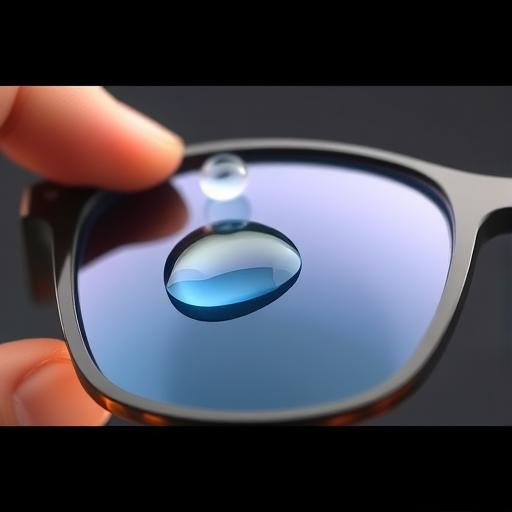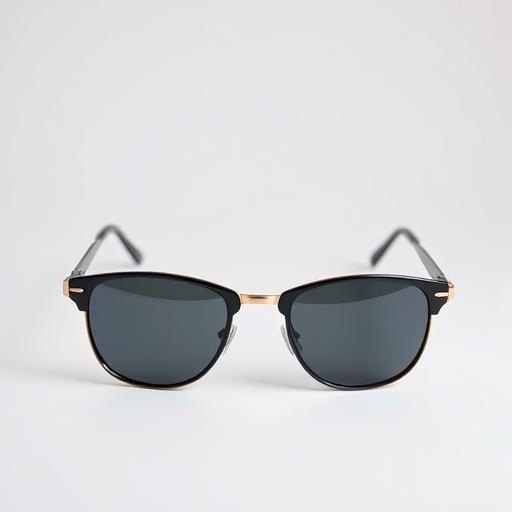How to Clean Sunglasses

Sunglasses are more than a fashion accessory—they protect your eyes from harmful UV rays and enhance your vision in bright conditions. Yet, improper cleaning can lead to cloudy lenses, reduced clarity, and even permanent damage to delicate coatings. Many people unknowingly harm their sunglasses by scrubbing with paper towels, using harsh chemicals, or storing them in a pocket where dust accumulates. To keep your shades in top condition and extend their lifespan, it’s essential to follow the right cleaning techniques and materials. This guide will show you how to clean sunglasses effectively without compromising their quality.
Why Properly Cleaning Sunglasses Matters
Regular cleaning isn’t just about aesthetics. Over time, dirt, smudges, and debris can scratch lenses or degrade anti-reflective and UV-protective coatings, diminishing their performance. Clean lenses ensure accurate vision, reducing eye strain caused by glare or blurred clarity. Additionally, maintaining your sunglasses properly prevents frame warping and keeps nose pads and hinges from slipping or breaking. A small investment in care can save you from expensive replacements or compromised eye protection.

What You’ll Need to Clean Sunglasses
- Microfiber Cloth – Designed to gently lift particles without scratching the lens surface.
Step-by-Step Guide: How to Clean Sunglasses
Rinse the Sunglasses with Lukewarm Water
Begin by rinsing your sunglasses under lukewarm water to flush away loose dirt or sand. This step is crucial because rubbing particles into the lens while dry can cause scratches. Avoid hot water, which may soften the lens material or damage UV coatings, especially on plastic frames.
Apply a Drop of Mild Soap
Place a small drop of mild dish soap or lens-specific cleaner on each lens. Gently rub the soap into the surface with your fingertips, focusing on areas with smudges or residue. Be careful not to use excessive pressure, as this can scratch the lens coatings or accumulate soap on the frames.

Scrub the Frame and Nose Pads
Use a soft-bristle toothbrush to scrub the frame, particularly around hinges, nose pads, and temple areas. These spots often trap oils, lotions, or debris, which can loosen over time. Make sure to rinse the brush thoroughly before using it on the lenses to prevent scratching.
Rinse Thoroughly with Clean Water
Hold your sunglasses under a stream of clean, lukewarm water to wash away all soap. Residue left behind can cloud the lenses or attract more dirt. Shake off excess water gently to avoid moisture buildup on the nose pads or frame joints.
Dry with a Microfiber Cloth
Use a clean microfiber cloth to dry the lenses, patting them in a circular motion to avoid streaks. Never use paper towels, clothing, or rough fabrics, as these can leave lint or micro-scratches. For particularly smudged lenses, a lens cleaning spray can help create a streak-free finish.
What NOT to Do When Cleaning Sunglasses
- Using Household Cleaners – Products like Windex or alcohol-based wipes can dissolve lens coatings and fog the glass.
How Often Should You Clean Your Sunglasses?
- Daily Use – A weekly cleaning is sufficient for regular wear, ensuring no buildup occurs.
FAQ: How to Clean Sunglasses
- Q1: Can I use a hand sanitizer or alcohol wipes to clean my sunglasses?
Alcohol-based products can dry out lens coatings and cause irreversible clouding. Opt for a microfiber cloth and mild soap instead.
Follow the same method but skip harsh chemicals. Polarised lenses have a thin layer that can be easily stripped by abrasive substances.
For minor scratches, try a lens polishing kit or dab a tiny amount of non-abrasive toothpaste onto the microfiber cloth. Deep scratches typically require a professional assessment.

No. Dishwasher heat and detergents are harsh enough to warp frames, damage coatings, and dull lens clarity. Hand cleaning is always safer.
Use the soap-and-water method, and avoid scrubbing with anything abrasive. Mirror coatings are fragile, so gentle drying is key to maintaining their reflective finish.
Conclusion
Proper cleaning techniques are vital to preserving the quality, functionality, and lifespan of your sunglasses. Using a microfiber cloth, mild soap, and lukewarm water ensures a streak-free shine while protecting delicate coatings. Avoid common pitfalls like household cleaners or rough materials to prevent damage. Whether you wear your shades daily or during outdoor adventures, regular maintenance is the best way to keep them clear and comfortable. Have a favorite cleaning hack? Share your tips in the comments below!
